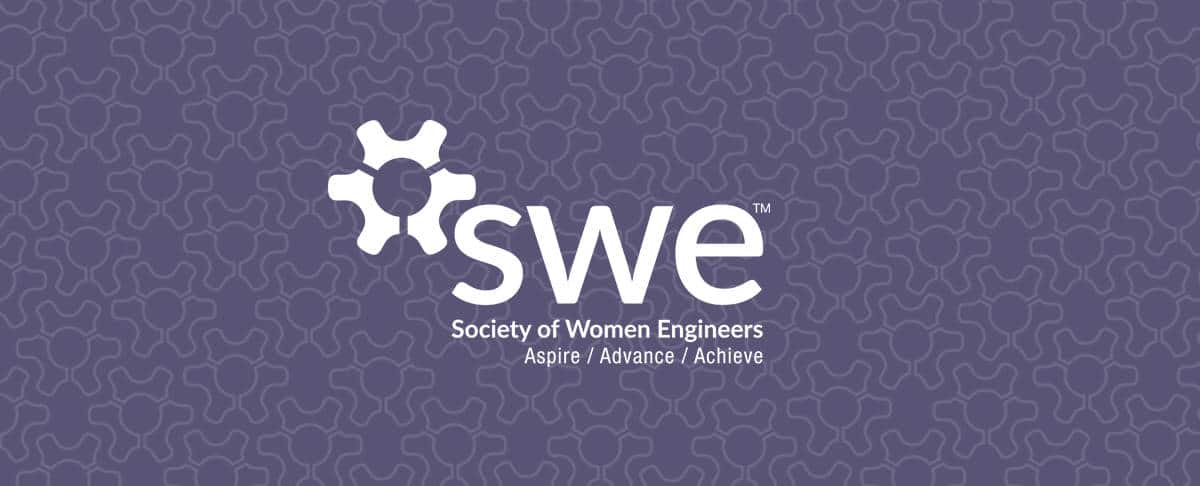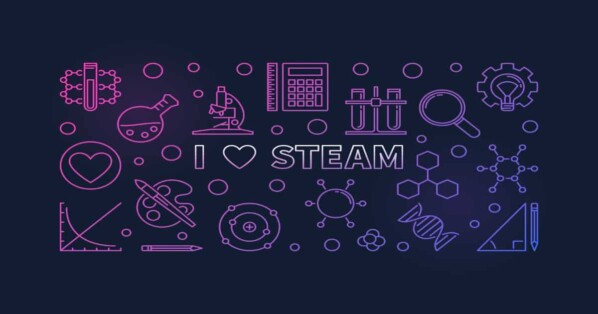
My interest in STEM and biomedical engineering came in phases derived from journalism. I always wanted to be a news anchor. My idol at the time was Tom Brokaw of NBC Nightly News. While listening to him every night, I noticed a great deal of stories reporting on the latest innovations that solved problems.
For example, in the 2000’s new reports were raving about the Abiocor Artificial Heart, which is the first electro-hydraulic artificial heart that can be permanently implanted in patients with congestive heart failure. I was fascinated by how a small group of STEM engineers could develop a device that could increase life expectancy. It was then that I decided to set aside my dream of reporting the news for my new dream of making the news and becoming a biomedical engineer.
I went to Purdue University to pursue my engineering degree. All first-year engineering students went through a general engineering curriculum before declaring their major during mid-spring semester. I was confident in my decision to go into Biomedical Engineering – the Abiocor Artificial Heart revelation was still beating in my memory.
What helped me through the engineering curriculum was my strong STEM foundation obtained during high school. I enrolled in all AP courses available at my school (specifically AP Calculus BC and AP Physics) and I participated in academic Superbowl and JETS (Junior Engineering Technical Society) extracurricular activities. I highly recommend involving yourself in as much STEM as possible while in high school to develop a foundation for your college journey.
I was fortunate to obtain two summer internships at a well-known implant manufacturer, Zimmer-Biomet. The internships were unique in that I did not work as an engineer, but rather as a marketing professional. The marketing team wanted someone with a technical background who could help support their new 3D-printed surgical guides for total and uni knee replacement. Both internships allowed me to see how an engineering degree can be applied in different roles within the medical care industry.
A common misconception of an engineering degree is that you’re limited to an engineering career. This is not the case! An engineering degree is a platform where you can launch into any career you desire, whether it is Marketing, Entrepreneurship or another field like Regulatory Affairs.
I became immersed in the Regulatory Affairs world at my first full-time position at a small spine implant manufacturer and continued in my present job at ICU Medical. Regulatory Affairs professionals are the liaisons between the company and the regulatory agency during the full-life cycle of the medical product. We work to ensure the product meets all compliance standards expected of the global regulatory authorities, such as the FDA in the U.S. The job involves cross-functional communication and technical writing, which allows me to combine my career love of medical engineering and my childhood love of writing and presenting every day.
Author
-

SWE Blog provides up-to-date information and news about the Society and how our members are making a difference every day. You’ll find stories about SWE members, engineering, technology, and other STEM-related topics.






